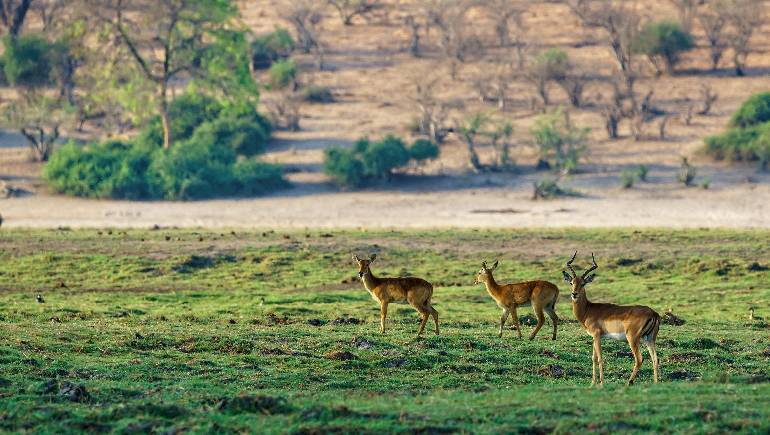Lunugamwehera National Park

Lunugamwehera National Park
A Sanctuary of Tranquility and Biodiversity
Lunugamwehera National Park, also known as the Lunugamvehera National Park, is one of Sri Lanka's lesser-known yet ecologically significant wildlife reserves. Situated in the southern region of the island, this park covers an expansive area of approximately 235 square kilometers. Despite its relative obscurity compared to nearby parks like Yala and Udawalawa, Lunugamwehera offers an untouched and serene environment teeming with wildlife, making it an ideal destination for nature lovers and those seeking a more intimate connection with the natural world. Lunugamwehera National Park may not have the fame of Yala or the elephant herds of Udawalawa, but it is an undiscovered treasure that offers a unique and authentic wildlife experience. For those looking to explore Sri Lanka’s wilderness in a more secluded and peaceful setting, Lunugamwehera is the perfect destination. The park’s rich biodiversity, beautiful landscapes, and serene atmosphere provide a deep connection with nature that is both refreshing and invigorating. Discover the quiet beauty of Lunugamwehera National Park with Sri Lanka Yala Tours and uncover the secrets of this hidden gem, where every moment spent is a step closer to nature’s heart.
Overview
-
Country
Sri Lanka
-
Animals
around 30 different species of mammals
-
Birds species
over 180 species of birds
-
Languages Spoken
English
-
Area
approximately 235 square kilometers
A Critical Wildlife Corridor
Diverse Ecosystems
Lunugamwehera National Park boasts a variety of ecosystems, from dense forests and scrublands to grasslands and wetlands. This diversity of habitats supports a wide range of flora and fauna, making the park a vital refuge for many species. The park's vegetation is predominantly dry monsoon forest, interspersed with patches of grassland that provide grazing areas for herbivores such as deer and wild boar. The park’s wetlands, including the large Lunugamwehera reservoir, are particularly important during the dry season. These water bodies attract numerous animals in search of water, creating excellent opportunities for wildlife viewing. The reservoir itself, built for irrigation purposes, is a centerpiece of the park’s landscape, offering both scenic beauty and a lifeline for wildlife during drier months.
